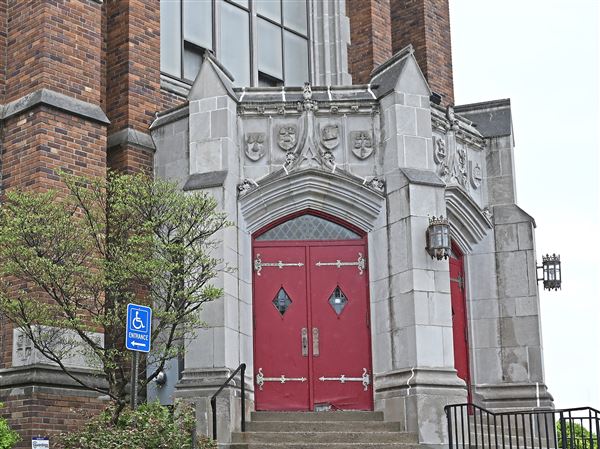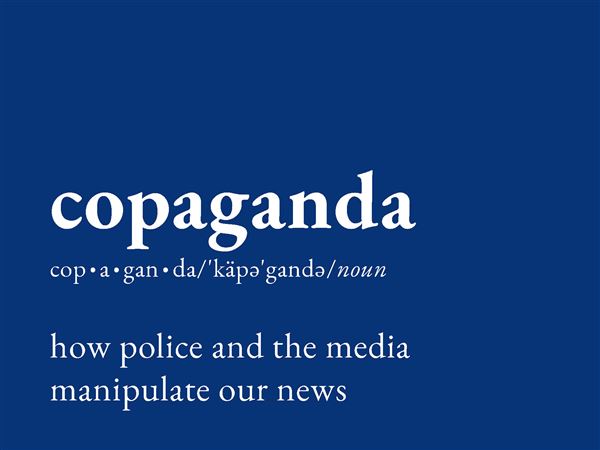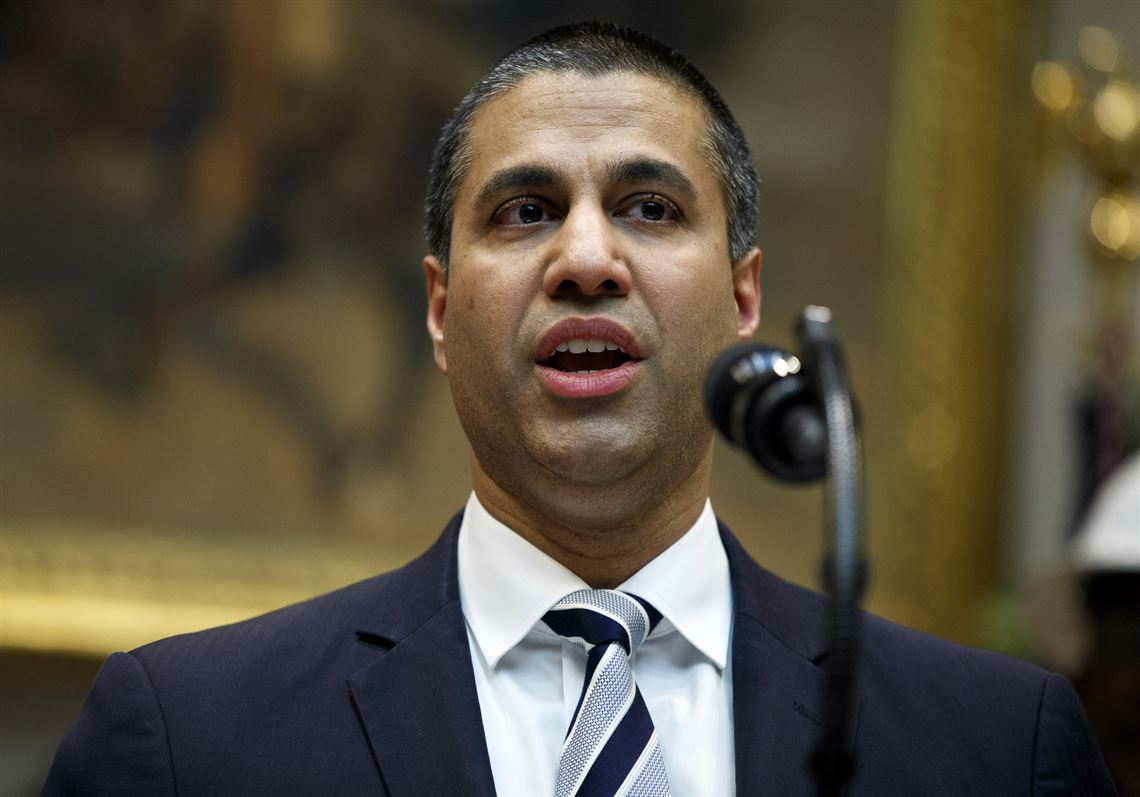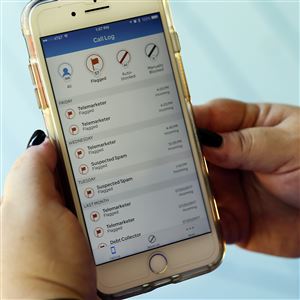WASHINGTON — The Federal Communications Commission has provided $33 million to 82 health providers in 30 states to expand telehealth services amid the COVID-19 pandemic, including $193,000 to UPMC Children's Hospital of Pittsburgh, FCC Chairman Ajit Pai told a congressional panel on Tuesday.
Yet the FCC has yet to spend the bulk of the $200 million authorized by Congress in March to help providers expand their telemedicine footprint, Mr. Pai reported.
Mr. Pai’s remarks — before a House Energy and Commerce Committee panel led by Rep. Mike Doyle, D-Forest Hills — came as Congress debated the need for another piece of COVID-19 legislation.
The FCC, since the $2.3 trillion economic rescue package was signed into law on March 27, has been working quickly to ensure hospitals can provide services remotely and schools can operate through distance learning, Mr. Pai said.
Still, he suggested that creating new programs — and adhering to the bureaucratic process — takes time.
There is “tremendous interest in, and demand for, COVID-19 telehealth program funding,” Mr. Pai said, but it takes time to work through all the applications to make sure the funding is used exclusively for telehealth expenses.
“We’re processing applications as quickly as we can, while still doing the necessary due diligence to protect against any possible waste, fraud and abuse,” he said. “Because this is a new program with new applications, our staff has spent considerable time working with applicants” to check eligibility.
Mr. Doyle, in his opening statement, said he’s concerned the digital divide is cutting off millions of children from schoolwork.
“Millions of Americans lack [broadband] access, and millions still cannot afford access,” Mr. Doyle said. “The shortfalls and inequities of our nation’s broadband networks have been put in stark relief by this crisis. This administration, the FCC and Congress need to do more to close the digital divide.”
Mr. Pai, responding to a later question, said the commission has secured voluntary pledges to maintain service with more than 700 telecom providers serving “the vast majority” of American broadband and telephone subscribers.
Through the Keep Americans Connected Pledge, which runs through at least June 30, companies have offered free or discounted service for low-income Americans and students, lifted data caps, and increased broadband speeds at no cost.
The FCC temporarily allowed several wireless providers to use additional spectrum to meet the surge in demand for mobile broadband, leading to faster download speeds in April, even with increases in traffic.
But Mr. Pai said Congress still needed to relax requirements and dole out more resources.
For example, he said, current law has restricted the FCC’s E-rate program, which subsidizes telecom services for schools and libraries, to on-site services delivered to classrooms. Funding for devices and services outside the classroom cannot be supported, he said.
Mr. Pai also said his staff will need more funding and resources to redraw the country’s broadband maps — an initiative Mr. Doyle’s subcommittee has been pushing for years. Better maps will allow the FCC to direct funding to the right places. The commission also plans to release a draft rule in the coming months, Mr. Pai said.
“We don’t have the necessary funding to do the mapping,” he said. “We very much want to work with you on that.”
New legislation could be difficult to hammer out.
Last Friday, the House approved, by a 208-199 vote, a $3.3 trillion package that the Republican-controlled Senate has refused to consider.
Fourteen House Democrats, including Rep. Conor Lamb, D-Mt. Lebanon, voted down the package, which Mr. Lamb called partisan and too quickly thrown together.
Mr. Doyle, who voted for the package, touted $4 billion to emergency broadband development.
Republican senators like Pat Toomey, R-Pa., have questioned the need for more spending and instead push for states to allow businesses to reopen. Mr. Toomey said much of the money allocated in the March legislation has yet to be spent.
A congressional panel led by Mr. Toomey and three others published a report Monday showing most of a $500 billion rescue fund for businesses and local governments hasn’t been spent.
The Congressional Oversight Commission — tasked with overseeing COVID-19 lending programs launched by the U.S. Treasury Department and the Federal Reserve — found none of the $46 billion Congress allocated to help airlines and national security-related businesses had been spent. And the Fed has launched just one of its COVID-19 lending programs.
In a Senate hearing Tuesday, Mr. Toomey reiterated his concerns to Treasury Secretary Steven Mnuchin and Fed Chair Jerome Powell.
“More than half of it has not yet been spent or lent,” Mr. Toomey said, referring to the broader March spending package. “I think you can make a pretty strong case that before we rush out and do another spending bill, we actually let some of this stuff go to work and understand the consequences of what we’ve already done.”
Daniel Moore: dmoore@post-gazette.com, Twitter @PGdanielmoore
First Published: May 19, 2020, 8:08 p.m.



















